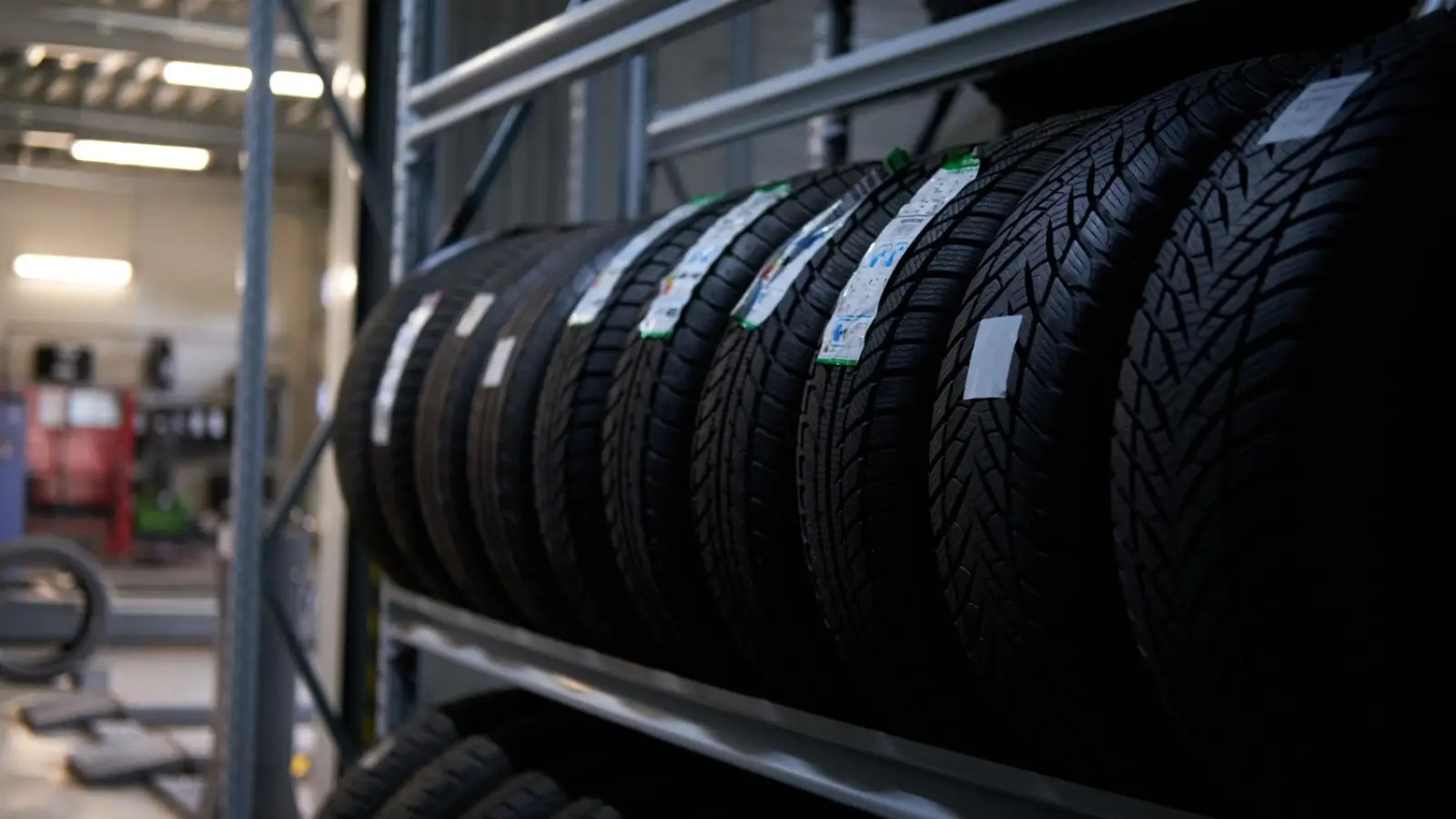


The tyres are vital for the safety of vehicles, comfort, and performance. However, a lot of drivers do not pay enough attention to the extent of influence of tyre choice on their run and fuel consumption. Learning the various features of tyre quality and maintenance may aid motorists in making safer decisions on the road.
The only contact point of a vehicle and the road is the tyres. They give traction, shock absorption in case of uneven roads, and also contribute to maintaining stable handling. The materials, tread pattern, and even the inflation pressure are part of the performance of a tyre in different driving conditions. In order to achieve better safety and extend the life of tyres, you should select the tyres in accordance with the characteristics of your car and your driving style.
When choosing new tyres, it is necessary to consider the following points:
Tread Pattern: Defines the effectiveness of the tyre to grip the road and divert water on the wet road.
Tyre Size: It should be the right size in order to have the best handling, braking, and ride comfort.
Seasonal Requirement: All-season tyres are more balanced, but winter or summer tyres are more effective in extreme weather.
Durability and Fuel Economy: High-quality tyres have a long lifespan and can minimize rolling resistance, thus enhancing fuel economy.
For instance, Australian drivers often rely on providers like Ozzy tyres to explore a variety of options suited to both city and off-road driving. Comparing brands and reading reviews before purchasing can also guide you toward the best decision.
The best quality tyres will not work even when they are not well-maintained. Frequently monitoring air pressure, hitches, and tread depth is also useful in maintaining optimum performance. Tyres that are underinflated or worn unevenly may also lead to decreased fuel economy, poor handling, and more chances of blowouts.
The age of tyres should also be a concern with motorists. Rubber compounds wear out with time, even with the appearance of sufficient tread depth. It is usually advised to change tyres after every five to six years, irrespective of the mileage.
Getting energy-efficient tyres and keeping them in proper conditions not only helps in saving money but also helps the environment. Well-inflated tyres result in less fuel consumption and less CO 2 emissions. Several manufacturers are currently adopting sustainable materials and green production processes to reduce the environmental impact further. The increased presence of such eco-friendly products in the market has been aided by companies like Ozzy Tyres.
The choice and maintenance of the appropriate tyres is also one of the best solutions to be safe on the road, improve performance, and minimise the environmental impact. Knowing the types of tyres, keeping maintenance first, and making the right choices, the drivers can have the most pleasant rides and experience increased peace of mind whenever they get on the road.